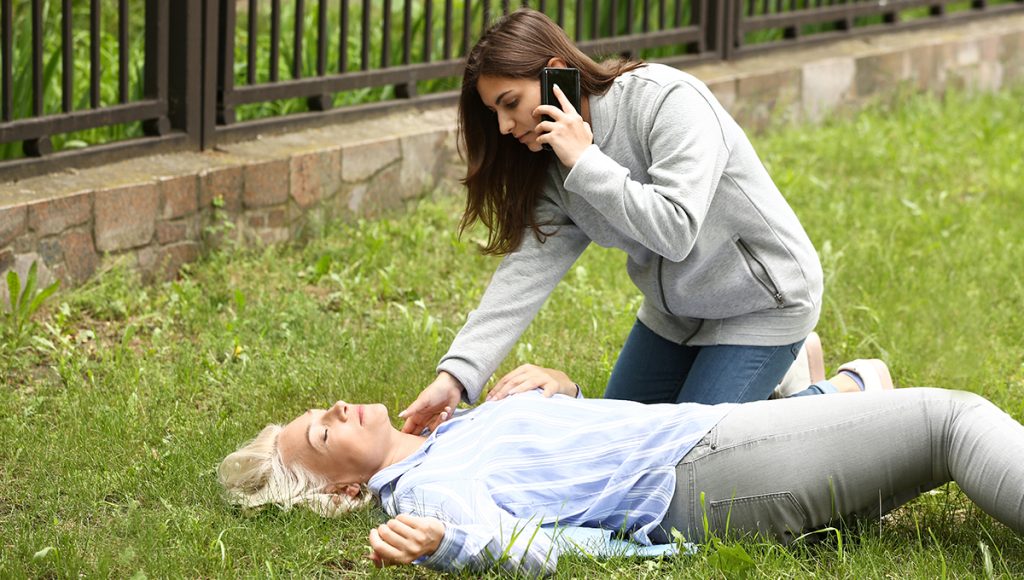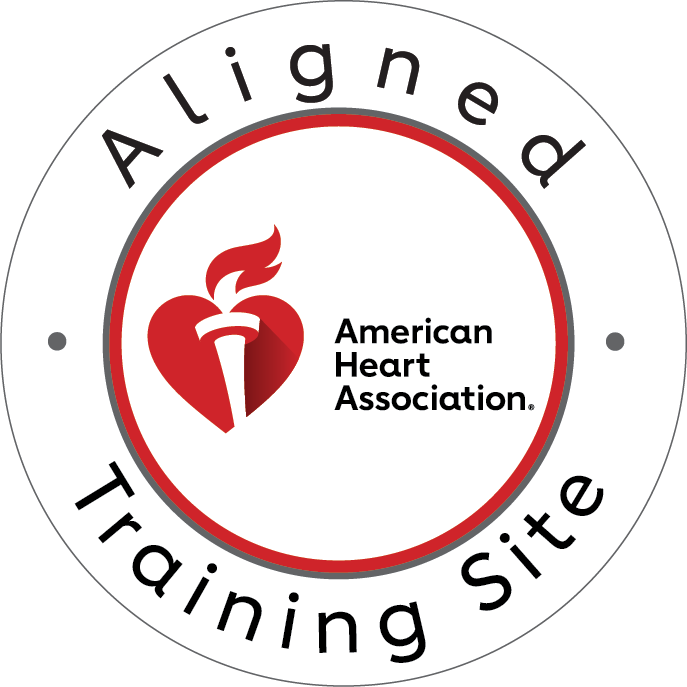Introduction
In emergencies, every second counts, especially during a sudden cardiac arrest. Imagine being at a busy train station or a family gathering when someone collapses unexpectedly. Would you know what to do? The difference between life and death in such situations often hinges on the immediate actions of bystanders. According to the American Heart Association, nearly 90% of people who suffer out-of-hospital cardiac arrests die, largely because they do not receive timely CPR from a bystander. This statistic underscores the critical role that bystander CPR plays in saving lives.
Bystander CPR involves immediate chest compressions and rescue breaths performed by a witness to keep blood and oxygen flowing to vital organs until professional help arrives. This simple yet vital intervention can double or even triple a victim’s chance of survival. In this article, we will delve into why bystander CPR is an essential skill for everyone to learn, exploring its significance, the science behind it, real-life impacts, and ways to overcome common barriers to performing CPR.
Understanding Bystander CPR
Definition
Bystander CPR refers to the immediate administration of cardiopulmonary resuscitation by someone present at the scene of a cardiac arrest. Unlike professional CPR, which is performed by trained healthcare providers, bystander CPR is typically carried out by laypersons—ordinary people who may have received basic training or even those who follow dispatcher instructions during the emergency. The goal is to maintain circulation and breathing until emergency medical services (EMS) arrive.
Importance
The importance of bystander CPR cannot be overstated. During cardiac arrest, the heart stops pumping blood effectively, depriving the brain and other vital organs of oxygen. Permanent brain damage or death can occur within minutes if blood flow is not restored. Immediate bystander CPR helps bridge the gap between the onset of cardiac arrest and the arrival of professional medical help, significantly improving the victim’s chances of survival and recovery.
The Science Behind CPR
Physiology
To understand the importance of CPR, it’s essential to grasp the basic physiology involved. During cardiac arrest, the heart ceases to function correctly, leading to an abrupt stop in blood circulation. CPR, which consists of chest compressions and rescue breaths, manually pumps blood through the body, ensuring that oxygen continues to reach vital organs such as the brain and heart. Chest compressions mimic the heart’s pumping action, maintaining circulation, while rescue breaths provide essential oxygen, which is crucial for preventing brain damage and maintaining overall cellular function.
Survival Rates
The impact of bystander CPR on survival rates is profound. Studies have shown that for every minute without CPR, a cardiac arrest victim’s chances of survival decrease by 7% to 10%. However, when bystander CPR is performed promptly, the survival rate can double or even triple. For instance, in Seattle, a city known for its high rates of CPR training, survival rates for out-of-hospital cardiac arrest are among the highest in the world. This illustrates the life-saving potential of immediate intervention by bystanders.
Barriers to Performing Bystander CPR
Fear and Hesitation
Despite its proven effectiveness, many people hesitate to perform CPR due to fear of causing harm or doing it incorrectly. Common concerns include breaking ribs or being held liable for negative outcomes. These fears, though understandable, can be mitigated through proper education and reassurance about Good Samaritan laws that protect those who provide emergency care in good faith.
Lack of Training
Another significant barrier is the lack of widespread CPR training. Many people simply do not know how to perform CPR or have not refreshed their skills in years. This gap highlights the need for more accessible and frequent training programs. Increasing awareness and availability of CPR courses can empower more people to act confidently in emergencies.
Encouraging More People to Learn CPR
Training Programs
To bridge the gap in CPR knowledge, numerous training programs are available. Organizations like the American Heart Association and the Red Cross offer CPR certification courses that are both comprehensive and user-friendly. These programs often include hands-on practice with mannequins, allowing participants to gain confidence in their ability to perform CPR effectively.
Community Initiatives
Communities around the world are taking innovative steps to promote CPR education. Public awareness campaigns, school programs, and community events play a pivotal role in encouraging people to learn CPR. For example, “CPR Saturdays” in various cities offer free training sessions, making it convenient for people to acquire this crucial skill.
Technology and Apps
Advances in technology are also aiding bystander CPR efforts. Smartphone apps like PulsePoint guide users through the steps of CPR and even alert them to nearby cardiac emergencies. Additionally, many AED (Automated External Defibrillator) devices now come with voice prompts and visual instructions, making it easier for untrained bystanders to provide life-saving assistance.
Legal and Ethical Considerations
Good Samaritan Laws
Good Samaritan laws are designed to protect individuals who provide emergency assistance from legal liability. These laws encourage bystanders to help without fear of legal repercussions, as long as they act in good faith and within their level of training. Understanding these protections can help alleviate concerns about performing CPR.
Ethical Responsibility
Beyond legal considerations, there is a moral imperative to assist those in need. The ethical responsibility to help others in life-threatening situations underscores the importance of widespread CPR training. By empowering more people to act, we can create a community of lifesavers ready to respond to emergencies.
Conclusion
Recap
Bystander CPR is an essential skill that can significantly impact survival rates during emergencies. Understanding its importance, the science behind it, and the real-life stories of lives saved can inspire us all to learn and perform CPR. Overcoming common barriers through education and community initiatives is key to increasing the prevalence of this life-saving skill.
Call to Action
To be fully prepared to make a difference in critical situations, we encourage you to enroll in CPR certification in Tampa through CPR Tampa. As an American Heart Association training site, CPR Tampa offers comprehensive courses in BLS for Healthcare Providers, ACLS, PALS, and CPR and First Aid. Whether you’re seeking initial certification or renewal, their stress-free, hands-on classes provide the best CPR training in Tampa. Don’t wait—equip yourself with the skills needed to save lives today!
Final Thought
Knowing CPR is more than just a skill; it’s a powerful way to be ready when it matters most. By getting certified with CPR Tampa, you can ensure you’re prepared to act as a bystander and potentially save a life in an emergency. Be a hero—get CPR certified and make a difference.





